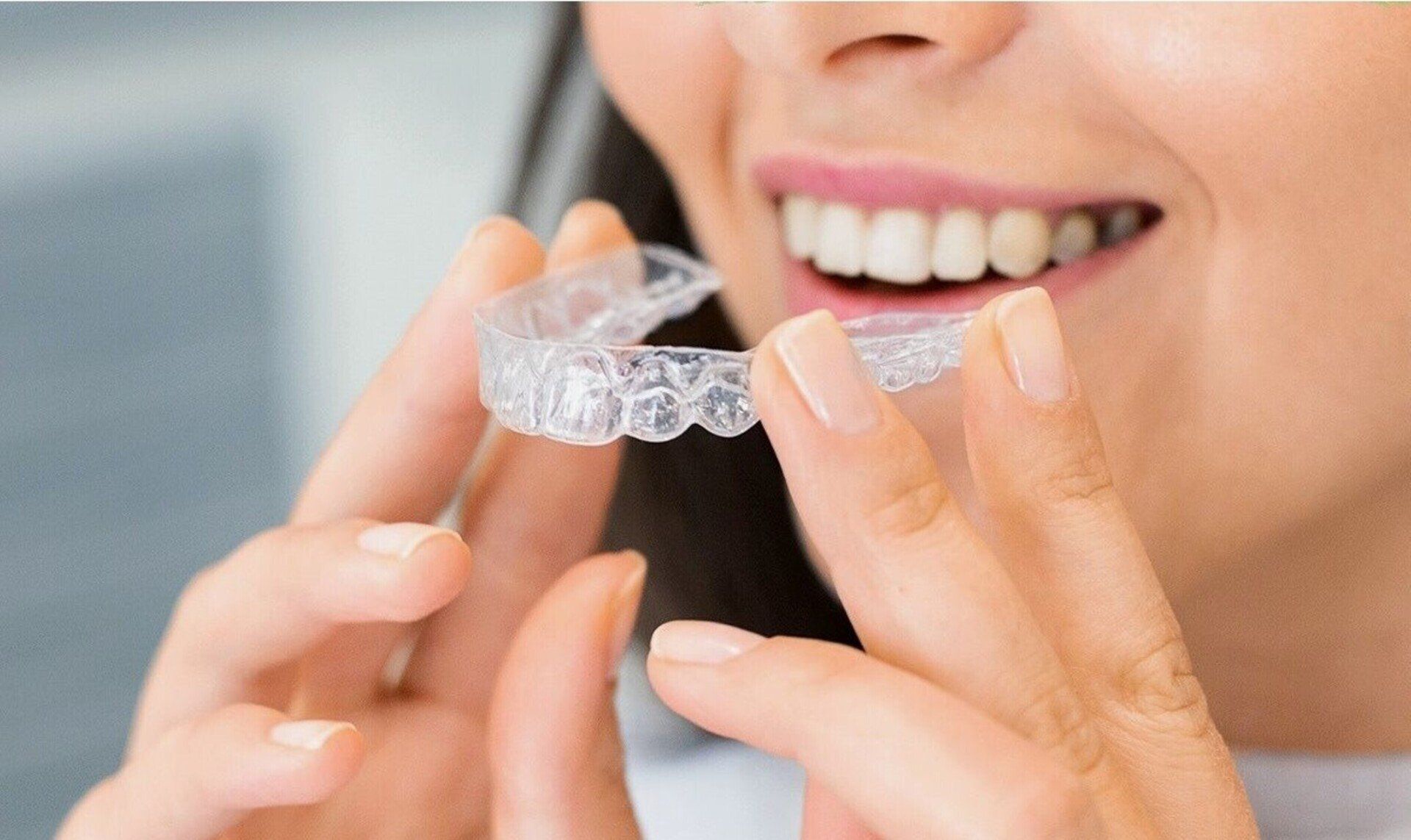Invisalign® Treatment: Invisible Braces for a Confident Smile | Bright Dents of Dartmouth
Discover the Benefits of Clear Aligners Over Traditional Braces: Straighten Your Teeth Discreetly and Conveniently!

Invisalign®: The Clear Solution for a Confident Smile
If you're seeking a straighter smile without the appearance of traditional metal braces, Invisalign® might be the ideal solution for you. Invisalign® consists of transparent aligners that snugly fit over your teeth, offering a discreet and comfortable orthodontic treatment option. Unlike conventional braces, these aligners are removable and replaced every two weeks throughout the treatment.
Traditional braces can pose challenges with cleaning due to their wires and brackets, often trapping food particles and causing staining if not maintained properly. With Invisalign®, the absence of fixed wires and brackets eliminates these concerns, allowing for easier cleaning and the freedom to smile confidently without visible orthodontic hardware.
Understanding Invisalign®
Invisalign® employs a series of clear aligners, each designed to gradually shift your teeth. These aligners are replaced every two weeks, typically involving 20 to 30 sets throughout the treatment process, depending on individual needs. While Invisalign® effectively addresses minor to moderate orthodontic issues, severe cases might require traditional braces for effective correction.
Invisalign® vs. Traditional Braces
While the convenience of removable aligners is a significant advantage, consistency in wearing them is crucial for successful treatment. Forgetting to wear aligners for the recommended 22 hours a day can impede progress, potentially elongating treatment duration. In such cases, traditional braces might be a better alternative.
The Treatment Process
During your Invisalign® treatment, each new set of aligners may initially feel slightly different as your teeth adjust to the aligner's shape. This gradual process involves minor adjustments, with each aligner focusing on specific teeth at a time. Regular check-ups with your dentist or orthodontist ensure proper progress and prompt the provision of new aligner sets based on your dental journey.
Attachments, small dots of bonding resin applied to specific teeth, might be necessary for additional support in shifting teeth. This simple and painless process facilitates alignment and doesn’t require anesthesia.







